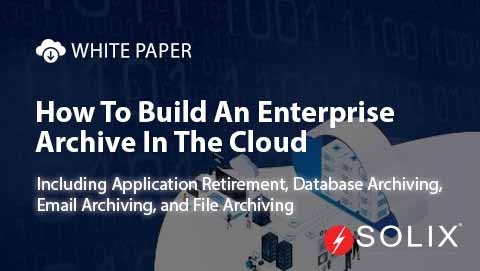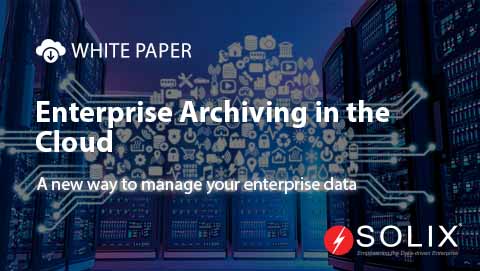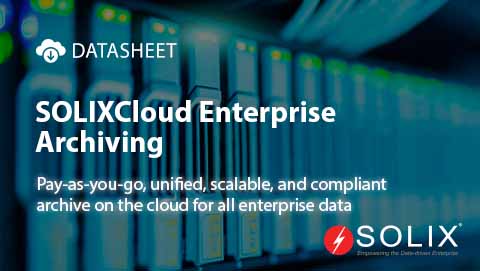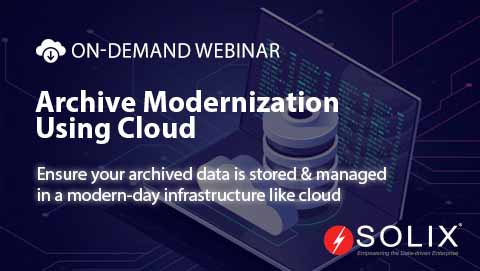Incremental Differential Backup
As a computer engineer with a bachelor’s degree from the University of California, Berkeley, I’ve always been fascinated by the concept of Incremental Differential Backup. In my free time, I enjoy writing about its importance and how it can be achieved with the right tools.
What is Incremental Differential Backup and why does it matter? Incremental differential backup is a game-changer for businesses looking to reduce their data storage costs and improve data management. It’s a way to capture only the changes made to data since the last backup, rather than backing up the entire dataset every time. This approach saves time and storage space, while ensuring that critical data is always protected.
Today’s tech-fueled world business environment, data is growing at an exponential rate. With more data comes more complexity, making it challenging to manage and store. That’s where Incremental Differential Backup comes in – it provides a cost-effective solution for businesses looking to streamline their data management processes.
A real-world scenario: Transforming Incremental Differential Backup for success Let’s take the example of Acme Corporation, a leading manufacturing company with a large data repository. They were struggling to manage their data growth, with data storage costs skyrocketing every year. By implementing an Incremental Differential Backup strategy, they were able to reduce their storage costs by 30% and improve data retrieval times by 50%.
To achieve this, Acme Corporation worked with Solix, a leading provider of data management solutions. Solix helped them develop a customized data management strategy that included Incremental Differential Backup, data archiving, and enterprise data lake solutions.
How Solix saves money and time on Incremental Differential Backup Solix’s innovative solutions made it possible for Acme Corporation to reduce their data storage costs and improve data management efficiency. By capturing only the changes made to data since the last backup, Solix’s Incremental Differential Backup solution saved Acme Corporation time and storage space.
Here are some key benefits of Solix’s Incremental Differential Backup solution: cost savings: by reducing data storage costs, organizations can allocate resources to more strategic areas of the business. Improved data management: with Solix’s Incremental Differential Backup solution, organizations can manage their data more efficiently, reducing the risk of data loss and improving data retrieval times. Enhanced data security: Solix’s solution provides an additional layer of security for critical business data, ensuring that it’s protected against unauthorized access and data breaches.
Solix solutions for Incremental Differential Backup Solix offers a range of solutions that can help organizations achieve Incremental Differential Backup, including: SolixCloud Application Retirement and Decommissioning: a cloud-based solution that enables organizations to retire and decommission legacy applications, reducing infrastructure costs and improving data management. Solix File Archiving: a solution that supports all file types, including office documents, PDFs, images, and videos, and enables secure and scalable data storage. Solix Enterprise Data Lake: a unified repository that allows organizations to store structured, semi-structured, and unstructured data at scale, supporting advanced analytics and business intelligence initiatives.
Now you have a chance to win $100! To enter, simply provide your email address in the box on the right. One lucky winner will be selected at random and notified via email.
- Solix Email Archiving Solution
- eDiscovery
- Solix ECS
- Data Masking
- CDP
- Solix Application Retirement
- SOLIXCloud Enterprise AI
About the author The author, Sandeep, is a computer engineer with a passion for writing about Incremental Differential Backup. In his free time, he enjoys writing about the latest advancements in data management and storage.
DISCLAIMER: THE CONTENT, VIEWS, AND OPINIONS EXPRESSED IN THIS BLOG ARE SOLELY THOSE OF THE AUTHOR(S) AND DO NOT REFLECT THE OFFICIAL POLICY OR POSITION OF SOLIX TECHNOLOGIES, INC., ITS AFFILIATES, OR PARTNERS. THIS BLOG IS OPERATED INDEPENDENTLY AND IS NOT REVIEWED OR ENDORSED BY SOLIX TECHNOLOGIES, INC. IN AN OFFICIAL CAPACITY. ALL THIRD-PARTY TRADEMARKS, LOGOS, AND COPYRIGHTED MATERIALS REFERENCED HEREIN ARE THE PROPERTY OF THEIR RESPECTIVE OWNERS. ANY USE IS STRICTLY FOR IDENTIFICATION, COMMENTARY, OR EDUCATIONAL PURPOSES UNDER THE DOCTRINE OF FAIR USE (U.S. COPYRIGHT ACT § 107 AND INTERNATIONAL EQUIVALENTS). NO SPONSORSHIP, ENDORSEMENT, OR AFFILIATION WITH SOLIX TECHNOLOGIES, INC. IS IMPLIED. CONTENT IS PROVIDED "AS-IS" WITHOUT WARRANTIES OF ACCURACY, COMPLETENESS, OR FITNESS FOR ANY PURPOSE. SOLIX TECHNOLOGIES, INC. DISCLAIMS ALL LIABILITY FOR ACTIONS TAKEN BASED ON THIS MATERIAL. READERS ASSUME FULL RESPONSIBILITY FOR THEIR USE OF THIS INFORMATION. SOLIX RESPECTS INTELLECTUAL PROPERTY RIGHTS. TO SUBMIT A DMCA TAKEDOWN REQUEST, EMAIL INFO@SOLIX.COM WITH: (1) IDENTIFICATION OF THE WORK, (2) THE INFRINGING MATERIAL’S URL, (3) YOUR CONTACT DETAILS, AND (4) A STATEMENT OF GOOD FAITH. VALID CLAIMS WILL RECEIVE PROMPT ATTENTION. BY ACCESSING THIS BLOG, YOU AGREE TO THIS DISCLAIMER AND OUR TERMS OF USE. THIS AGREEMENT IS GOVERNED BY THE LAWS OF CALIFORNIA.




